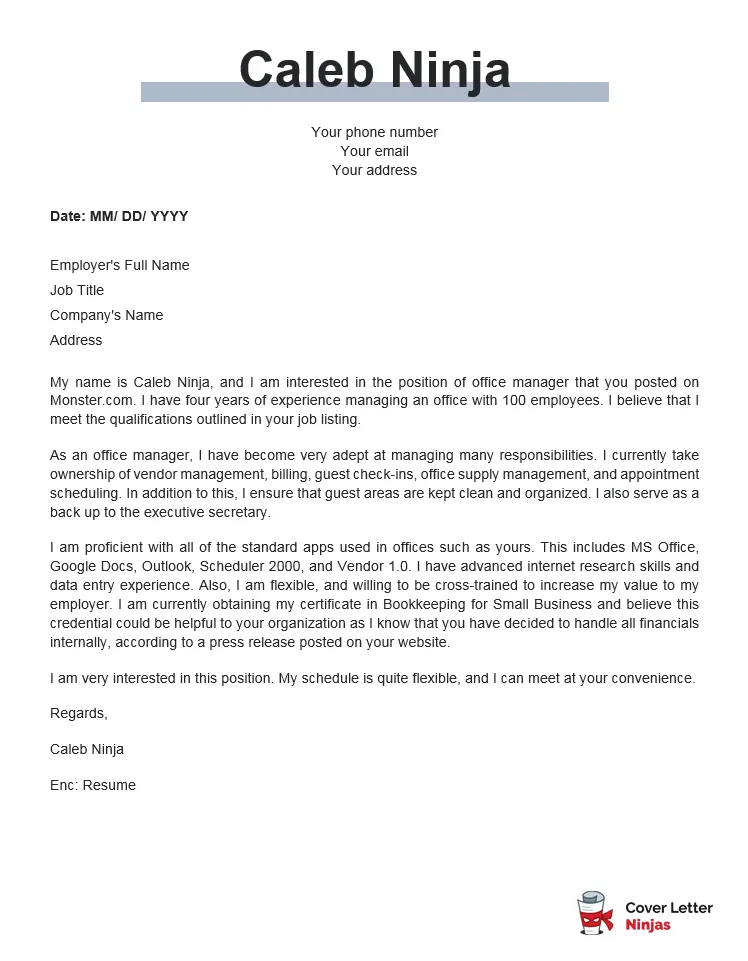Understanding the Business Cover Letter
A business cover letter is a formal document that accompanies your resume when applying for a job. It serves as an introduction, allowing you to showcase your qualifications, skills, and enthusiasm for the position. Unlike a resume, which provides a factual overview of your experience, a cover letter allows you to personalize your application and demonstrate your personality, writing skills, and understanding of the job requirements. A well-crafted cover letter can significantly increase your chances of getting an interview, as it gives the hiring manager a glimpse into who you are beyond your professional history.
What is a Business Cover Letter?
A business cover letter is more than just a formality; it’s a strategic tool in your job search. It’s your opportunity to tell a story about why you are the ideal candidate for the specific role. It complements your resume by providing context, expanding on your skills, and demonstrating how your experience aligns with the employer’s needs. A cover letter also allows you to showcase your communication skills, attention to detail, and your understanding of the company and the position. It’s a concise and targeted communication that can make a lasting impression on the hiring manager.
Why is a Business Cover Letter Important?
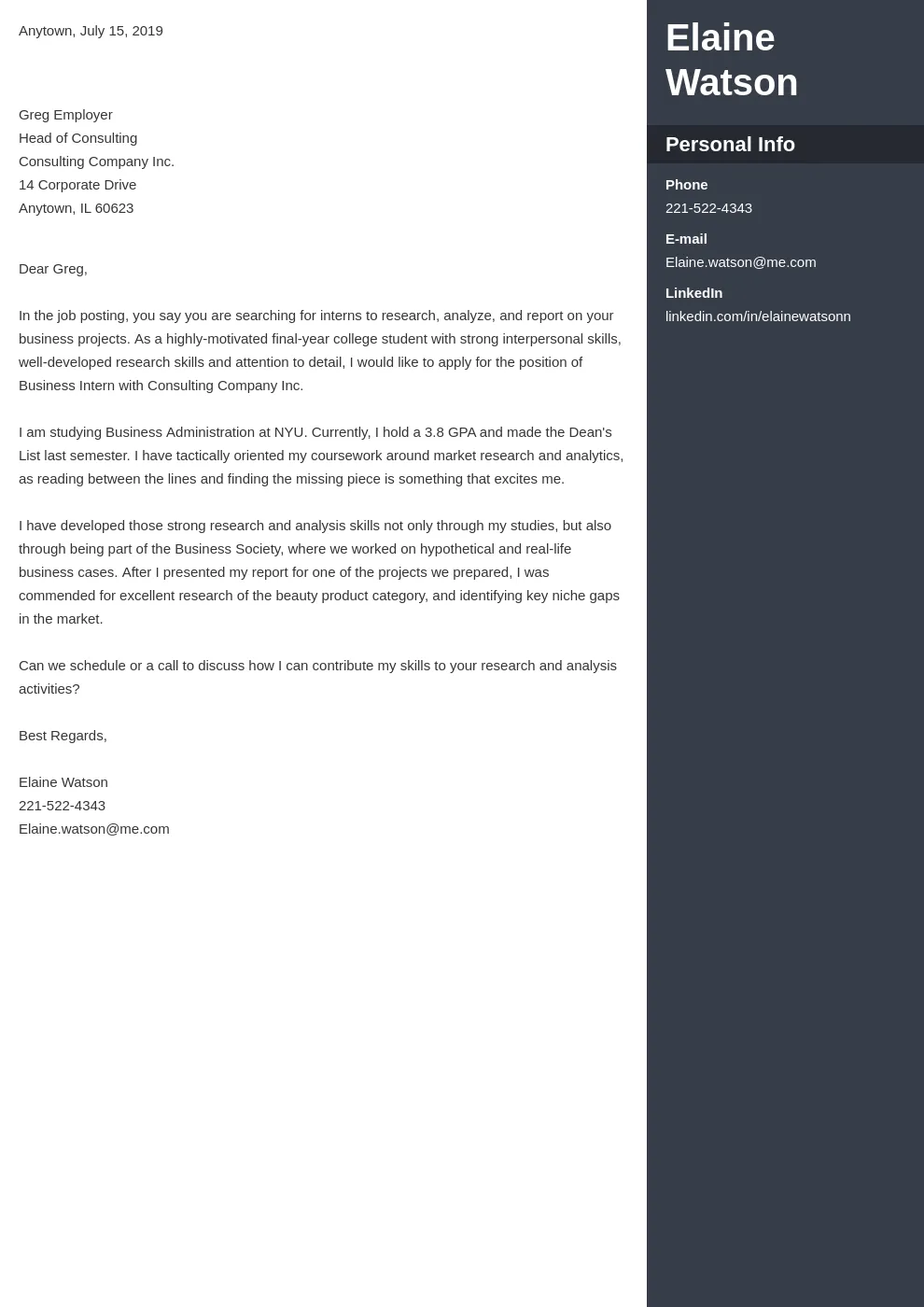
In today’s competitive job market, a business cover letter is more important than ever. It’s your chance to stand out from the crowd and make a strong first impression. Many hiring managers consider a cover letter a crucial part of the application process, using it to assess your writing abilities, communication skills, and overall fit for the company culture. A compelling cover letter demonstrates your genuine interest in the position and the company, showcasing your research and understanding of their needs. Moreover, it allows you to address any potential gaps in your resume or explain unique circumstances, giving you a significant advantage over other candidates.
Key Components of a Business Cover Letter
A well-structured business cover letter consists of several key components that work together to create a compelling narrative. Each part of the letter serves a specific purpose, from providing essential contact information to highlighting your qualifications and expressing your enthusiasm for the position. By understanding the purpose of each section, you can craft a cover letter that effectively communicates your value to the employer and increases your chances of getting an interview. Remember to keep it concise, professional, and tailored to the specific job and company.
Header Section
The header of your business cover letter is the first thing the hiring manager will see, so it’s crucial to get it right. The header should include your contact information, such as your name, address, phone number, and email address. Use a clear and professional font and format the header consistently. Make sure your contact information is up-to-date and easy to read. Including a professional email address is essential, avoiding any informal or unprofessional ones. The header sets the tone for the rest of your letter, so a clean and organized presentation is key.
Contact Information

Your contact information should be at the top of the cover letter, usually left-aligned. Include your full name, address, phone number, and a professional email address. Ensure the information is accurate and easy to read. Double-check all details for any typos or errors, as this could create a negative impression. Consider using a slightly larger font size for your name to make it stand out. The goal is to make it easy for the employer to contact you if they are interested in scheduling an interview.
Date
Beneath your contact information, include the date the cover letter is written. Use a standard date format, such as Month Day, Year (e.g., July 4, 2024). The date indicates when you are submitting the application and helps the employer keep track of the application timeline. Align the date to the left or right, depending on your preference and the overall layout of the letter. Ensure the date is current and reflects the actual submission date. This small detail adds to the professionalism of your cover letter.
Recipient’s Details
Following the date, include the recipient’s details. This usually includes the name of the hiring manager (if known), their title, the company name, and the company’s address. Researching the hiring manager’s name demonstrates your initiative and attention to detail. If you cannot find the hiring manager’s name, use a general title like “Hiring Manager.” This section shows you have targeted the application and taken the time to address it to the appropriate person. Always verify the accuracy of the company’s address and the hiring manager’s information.
Greeting or Salutation
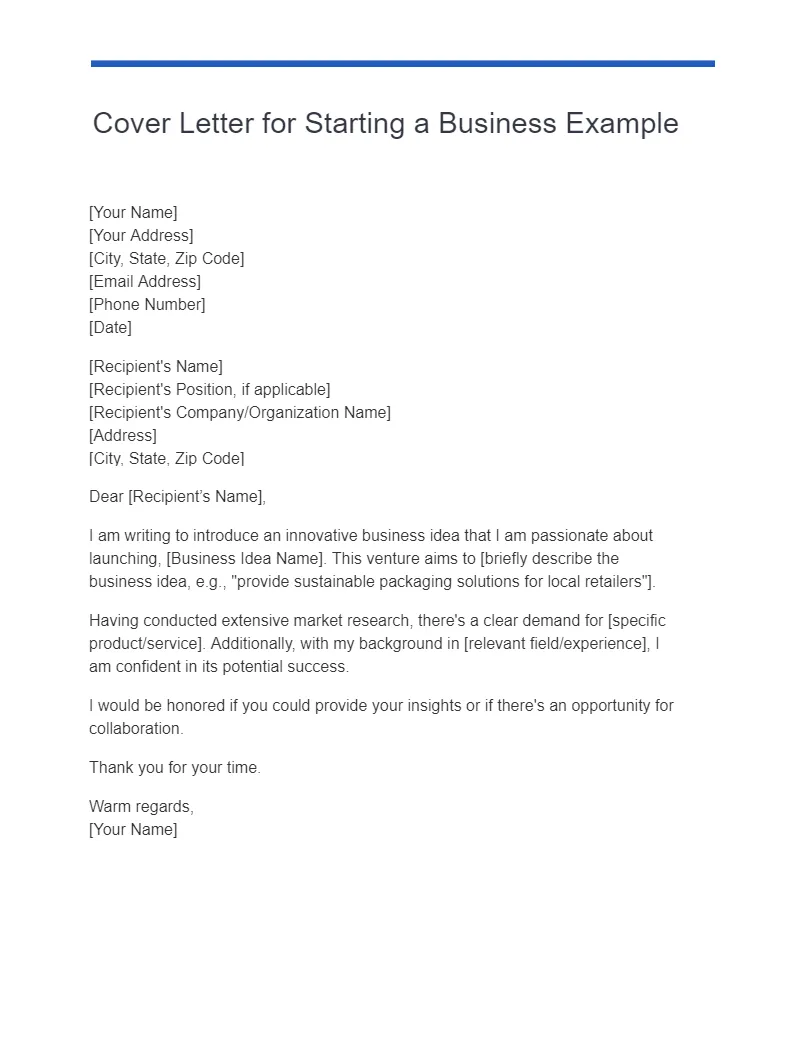
The greeting sets the tone for your cover letter. Use a formal and professional greeting. If you know the hiring manager’s name, use “Dear Mr./Ms./Mx. [Last Name]:”. If you don’t know the name, use a general greeting like “Dear Hiring Manager:” or “Dear [Company Name] Hiring Team:”. Avoid overly casual greetings like “Hi” or “Hello.” The greeting should be followed by a colon. A well-chosen greeting shows respect and professionalism, setting a positive tone for the rest of your letter.
Body Paragraphs
The body paragraphs are the heart of your cover letter, where you make your case for why you are the perfect candidate. This section should consist of three to four well-crafted paragraphs that demonstrate your skills, experience, and interest in the position. Focus on highlighting your relevant qualifications and explaining how you can contribute to the company’s success. Use strong action verbs and provide specific examples to support your claims. Tailor each paragraph to the specific requirements of the job description, showing that you have taken the time to understand the role and the company’s needs.
First Paragraph Introduction and Purpose
The first paragraph introduces you and states the purpose of your letter. Clearly mention the position you are applying for and where you found the job posting. Briefly explain why you are interested in the role and the company. Show enthusiasm and demonstrate your understanding of the company’s mission or values. This paragraph should grab the reader’s attention and make them want to continue reading. Keep it concise and to the point, setting the stage for the more detailed information to follow.
Second Paragraph Highlighting Skills
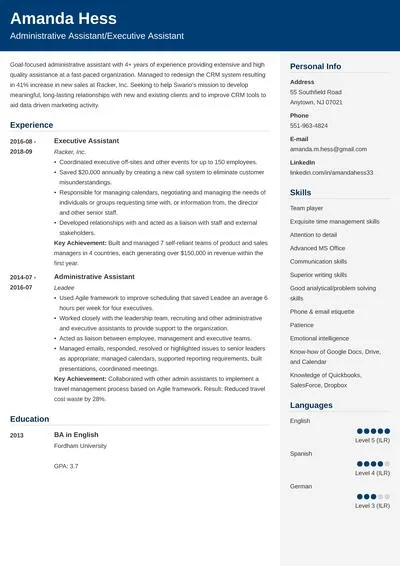
The second paragraph is where you highlight your key skills and qualifications. Review the job description and identify the most important requirements. Then, explain how your skills and experience match those requirements. Provide specific examples of how you have used your skills in past roles to achieve positive results. Use action verbs to describe your accomplishments and quantify your achievements whenever possible. Tailor this paragraph to the specific job, ensuring you address the employer’s needs and demonstrate your value.
Third Paragraph Demonstrating Interest
In the third paragraph, express your genuine interest in the company and the specific role. Explain what attracts you to the company, such as its culture, values, or products/services. Show that you have researched the company and understand its mission and goals. Relate your skills and experiences to the company’s objectives. Highlight your enthusiasm for the opportunity and your desire to contribute to the team. This paragraph demonstrates that you are not just looking for a job but are genuinely interested in the company and the role.
Fourth Paragraph Call to Action
The fourth paragraph should include a call to action. Express your interest in an interview and make it easy for the employer to contact you. Thank the hiring manager for their time and consideration. Reiterate your enthusiasm for the opportunity. Provide your contact information again, or suggest the best way for them to reach you. This paragraph is the final push, making it clear that you are eager to move forward in the hiring process.
Closing the Letter
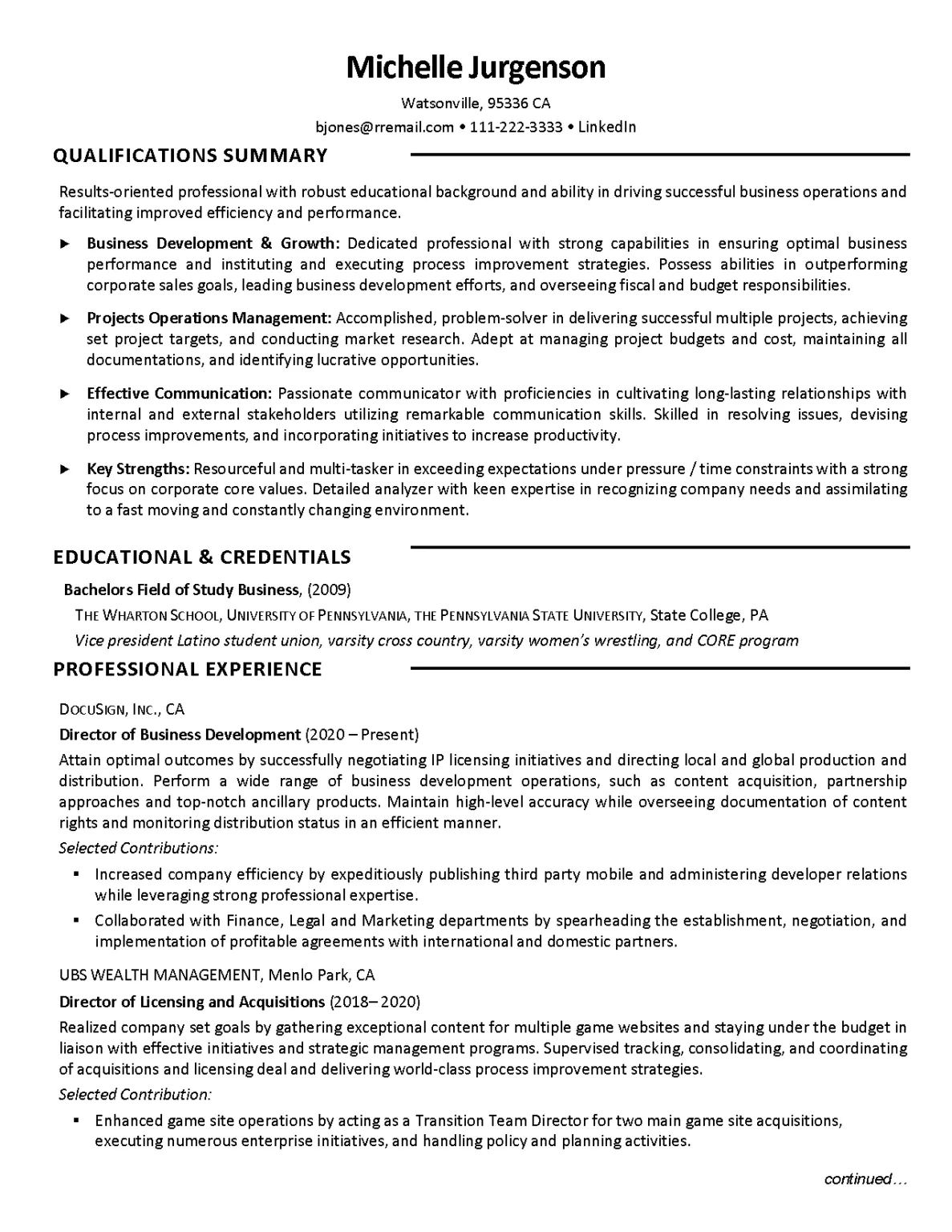
The closing of your cover letter is crucial for leaving a lasting positive impression. This section includes a complimentary closing, your signature, and your typed name. The closing should be professional and reflect your gratitude for the opportunity. Ensure the closing is consistent with the tone and formality of the rest of the letter. Double-check all details before submitting your application.
Complimentary Closing
Choose a professional complimentary closing, such as “Sincerely,” “Best regards,” or “Thank you for your consideration.” Avoid casual closings like “Cheers” or “Best.” The complimentary closing should be aligned with the overall tone of your cover letter. It should be followed by a comma and leave space for your signature.
Signature
If you are submitting a physical cover letter, sign your name above your typed name. Use a legible signature in blue or black ink. If you are submitting an electronic cover letter, you can either scan your signature and insert it or leave the space blank. The signature adds a personal touch and reinforces the professionalism of your application.
Typed Name

After your signature, type your full name. This ensures clarity and makes it easy for the hiring manager to identify you. Use the same font and size as the rest of your cover letter. The typed name completes the formal closing of the letter.
Formatting and Presentation
The formatting and presentation of your business cover letter are just as important as its content. A well-formatted letter is easy to read and makes a positive impression on the hiring manager. Pay attention to the font style, size, margins, and spacing. Ensure your letter is visually appealing and professional. Proper formatting shows that you pay attention to detail and care about your application.
Font Style and Size
Choose a professional font style, such as Times New Roman, Arial, Calibri, or Helvetica. Stick to a standard font size of 11 or 12 points. The font should be easy to read and consistent throughout the letter. Avoid using overly stylized or decorative fonts, as they can detract from the professionalism of your letter. Ensure the font size is comfortable to read on screen and in print.
Margins and Spacing
Use standard margins of 1 inch on all sides of your cover letter. This provides enough white space to make the letter easy to read. Use single spacing within paragraphs and double spacing between paragraphs. Proper spacing enhances the readability and visual appeal of your cover letter. Ensure that the text is neatly aligned, with no ragged edges or inconsistent spacing. Good formatting demonstrates professionalism and attention to detail.
Proofreading and Editing
Proofreading and editing your business cover letter is critical to ensure it is free of errors and presents you in the best possible light. Even small mistakes can undermine your credibility and make a negative impression on the hiring manager. Always proofread your letter multiple times and consider having someone else review it. This step can significantly increase your chances of getting an interview.
Common Mistakes to Avoid
Avoid common mistakes that can damage your application. These include using generic templates, making grammatical errors, and providing irrelevant information. Taking the time to carefully review your cover letter and tailor it to the specific job can help you avoid these pitfalls and improve your chances of success.
Overused Phrases and Clichés
Avoid overused phrases and clichés that can make your cover letter sound generic and unoriginal. Replace them with more specific and engaging language. Focus on showcasing your unique skills and experiences. This will help your cover letter stand out from the competition and make a stronger impression on the hiring manager. Using fresh and original language demonstrates your creativity and attention to detail.
Grammatical Errors and Typos
Grammatical errors and typos are major red flags. They can undermine your credibility and suggest a lack of attention to detail. Always proofread your cover letter carefully. Use a grammar and spell-checking tool, but also read the letter aloud to catch any errors the software might miss. Ask a friend, family member, or career advisor to review your cover letter. A polished, error-free cover letter demonstrates professionalism and respect for the hiring manager’s time.
Sending Your Cover Letter
The way you send your cover letter can also impact your application. Consider the file format, email subject line, and whether to send it via email or physical mail. Following proper guidelines ensures your application is professional and easy to manage.
File Format
Save your cover letter as a PDF (Portable Document Format) file. PDFs preserve the formatting of your document, ensuring that it appears correctly on any device or operating system. Avoid sending your cover letter in a Word document (.doc or .docx) format unless specifically requested by the employer. A PDF file ensures that your hard work is presented in the way you intend, without formatting errors.
Email vs Physical Mail
Most job applications are submitted electronically. If you’re sending your cover letter via email, include a clear and concise subject line. Attach your cover letter and resume as separate PDF files. If you are sending a physical cover letter, print it on high-quality paper and mail it with your resume. Always follow the instructions provided in the job posting or company guidelines. Electronic submissions are often preferred for their efficiency and convenience.
Final Thoughts
Writing a perfect business cover letter takes time and effort, but the investment is well worth it. A well-crafted cover letter can significantly increase your chances of securing an interview and landing your dream job. Always tailor your cover letter to the specific job and company. Proofread and edit your letter carefully, and make sure it is free of errors. A strong cover letter will showcase your skills, experience, and enthusiasm, making a lasting positive impression on the hiring manager. Good luck with your job search!
